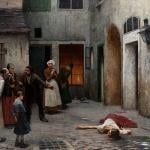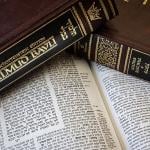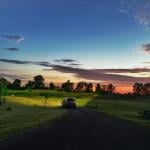Here he is, introducting the idea of argumentroids by means of discussing scientifroids:
I have always held that Science Fiction was never actually fiction stories about science. Instead, it is stories about fictional science. Writers routinely commended for the “hardness” of their hard SF, that is to say, commended for their realism, such as Larry Niven or Isaac Asimov or Arthur C Clarke, will introduce teleportation or psycho-history or faster than light drives or telepathy, none of which has any more scientific realism than flying carpets that run on happy thoughts and fairy dust.
And Robert Heinlein, the Dean of Science fiction, was like them a past master of the art of making their unscientific baloney seem scientific.
The writer’s chore is to lull the dragons of skepticism which guard the castle of the mind so that the waking dream of the tale can slip into the gates. The reader places himself into a half-hypnotic half-awake state known as “suspension of disbelief” where, for the sake of the story, the reader is willing to swallow the baloney if only his imagination is given enough excuse. In other words, it is not scientific accuracy that science fiction seeks or delivers, but scientific verisimilitude.
It is not supposed to be scientific, but scientifroid, if I may coin an awkward term for some hulking shape that looks vaguely like science in a dim light, but is not.
This is done in science fiction by mimicking some of the tropes of science. For example, Larry Niven posits in his ‘Known Space’ yarns that the law of conservation of momentum applies to teleportation booths, so that it is more expensive to teleport from the North Pole to the Equator than to the South Pole, because of the difference in angular momentum between a body at rest at either Pole versus a body being carried along at the speed of the rotation of the Earth. Teleportation is still hooey, but it seems more scientific if it suffers a reasonable scientific (or, rather scientifroid) limitation.
It just gets more fun. Go here and read it all.











